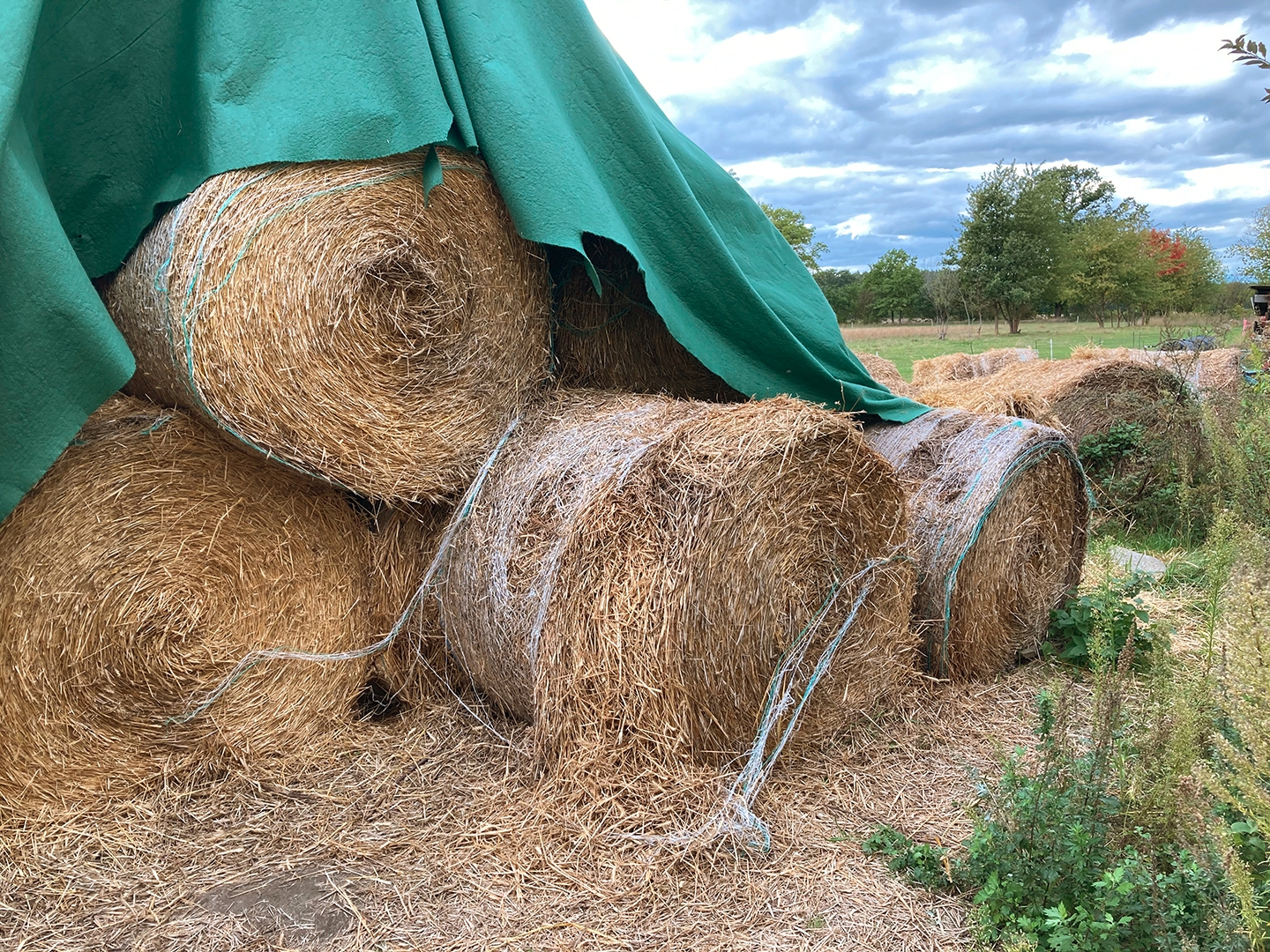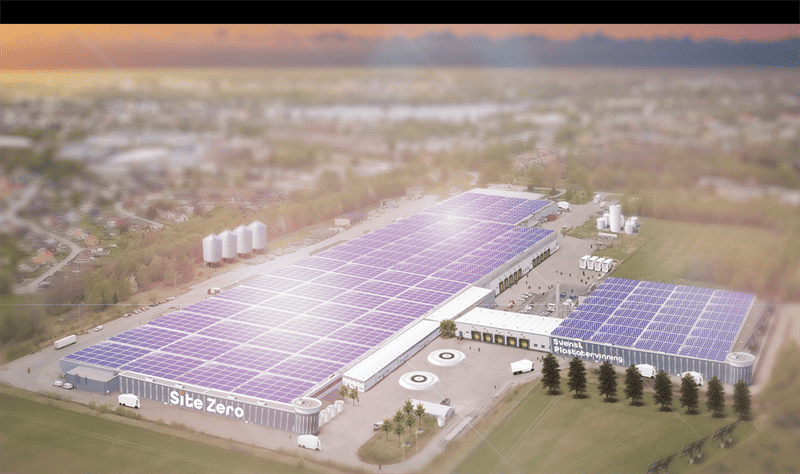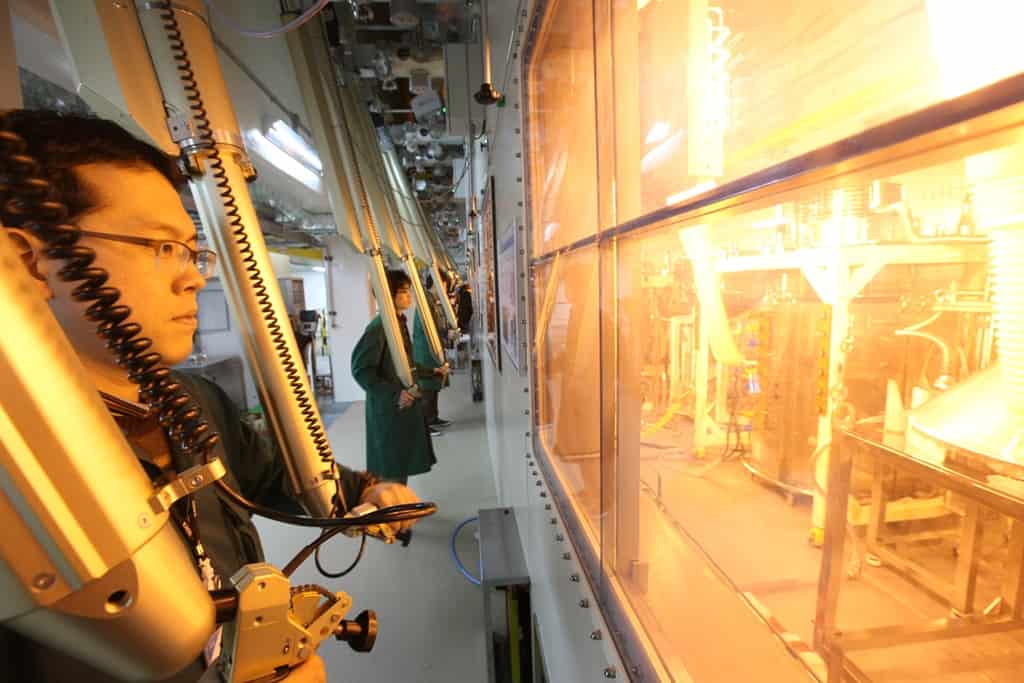
It has long been no secret that mankind has a plastic and microplastic problem. First and foremost, microplastics are found in packaging materials and cosmetics. As a result, they find their way into wastewater, rivers and lakes, and finally into the oceans – and their inhabitants – which in turn end up on our plates. But what about agricultural products? How much microplastic ends up in fields and meadows?
Scientists at the Fraunhofer Institute for Environmental, Safety and Energy Technology UMSICHT and the Institute for Ecology and Policy Ökopol in Germany have now investigated for the first time on behalf of NABU (Naturschutzbund Deutschland) e. V. how much microplastic and macroplastic ends up in agricultural soils and from where it originates. They took into account plastics that come directly from agriculture as well as, for example, sewage sludge, compost, fermentation residues and discarded waste.
A basis for further analysis
With the study “Plastics in the Environment: Emissions into Agricultural Soils,” published in May, the researchers said they wanted to “close gaps in knowledge, provide an initial general overview, identify needs for further empirical detailed investigations and make initial recommendations for action.” To this end, representatives of agriculture and the plastics industry also participated in expert panels.
“Our results are an assessment based on a variety of data – both literature sources and expert opinions as well as our own assumptions and estimates,” explains the author of the study, Jürgen Bertling from Fraunhofer UMSICHT. “The report is thus not to be understood as definitive, but rather as a basis for further – primarily experimental – analysis and debate on the topic, as well as the development of adequate measures to reduce plastic emissions.”
The study’s figures show that German agriculture consumes about 1.1 million tons of plastic per year. This is 4.7% of Germany’s total consumption of 23.6 million tons. But about 37% of all plastics used in agriculture are recycled. This puts agriculture well ahead of other plastic applications in implementing a circular economy. Nevertheless, researchers estimate plastic emissions in agricultural soils are at least 19,055 tons per year. Of that, 19%, or 3,635 tons, comes directly from agriculture, while 81% (15,420 tons) comes from outside.
Increased recycling
Fertilizers, soil conditioners, pesticides, seeds, and also the release of plastics in forage and crop production, planting aids, planting containers or irrigation systems, are the culprits here. “Certain agricultural practices lead to particularly high land inputs, such as planting aids in viticulture and horticulture, fertilization with compost, cultivation under plastic sheets, the application of sewage sludge and slow-release fertilizers and soil conditioners in the form of hydrogels,” the researchers explain. On the other hand, the use of plastic sheets also reduces the amount of pesticide required and makes the regional cultivation of crops such as strawberries or asparagus possible in the first place.
As a result of the study, the authors have developed proposals on how plastic emissions in agriculture could be reduced. For example, an educational initiative could provide information about alternative practices that do not cause plastic pollution. In addition, recycling could be further increased in all plastic applications, they said. “But it is particularly important to ensure sufficient degradability in all environmentally open applications, as well as in any applications where losses cannot be adequately ruled out,” the statement continues. “A reproducible method of measuring plastics in soils is still needed. This would allow for the comprehensive environmental monitoring that is required.” Last but not least, the limit and threshold values for plastics as foreign matter constituents should also be tightened significantly.
Cover photo: Straw bales are often tied with harvest twine so they hold their shape and stay in place. © NABU/Katharina Istel
Also of interest:
Microplastics are everywhere – “Our despicable behaviour has to stop”
New filter to combat microplastics in wastewater
Up-and-coming student comes up with innovative solution for plastic soup
Without microplastics and pollutants – production of sustainable food in aquaculture







